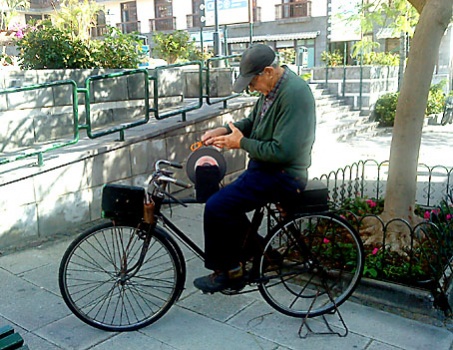MikeG.
Established Member
nabs":19ce51yu said:MikeG.":19ce51yu said:I put an edge on them using glass and sandpaper
How do you hold the sandpaper down Mike? I was using sandpaper to grind out a large chip on a second-hand chisel at the weekend and I used a piece from a roll of sandpaper clamped and stuck down (with pritt stick!) which is what I have done when flattening planes. I think there must be an easier way (or perhaps I am doing it wrong!)
Well for a long time I used spray adhesive, but it was such a faff getting it all off when the paper needed changing that I started using the paper loose, just tucked under the far edge of the glass. It doesn't need to be glass, BTW. A piece of thick MDF does the job beautifully. Now I generally spray a bit of WD40 at the glass and the paper sticks to that pretty well.

































